Project Category: Civil
Join our presentation
Please contact kaitlyn.mcdonald@ucalgary.ca if you experience technical difficulties
About our project
When unexpected events or incidents happen in buildings (or sites) the aftermath of the event is usually not always incorporated into the design. Whether these buildings (or sites) are residential, commercial or industrial, storm-water management is designed to operate under normal or optimal conditions. In particular, when these places undergo an event such as a fire, the fire will be put out with an abundance of water. Depending on the type of fire, there is a potential use of chemicals to suppress the fire. The amount of water and chemicals used to fight the fire could be used for a long period of time which is unaccounted for in the storm management system. This project looked into feasible opportunities to capture this runoff of water and fire suppressing chemicals to be treated prior to releasing it into water bodies.
To investigate possible solutions, a hypothetical industrial/commercial site has been used. To explore such solutions, a cost-benefit analysis of the potential solutions and a comparison between the existing storm management flow to possible future-state fire flow was calculated.
Systems Analyzed
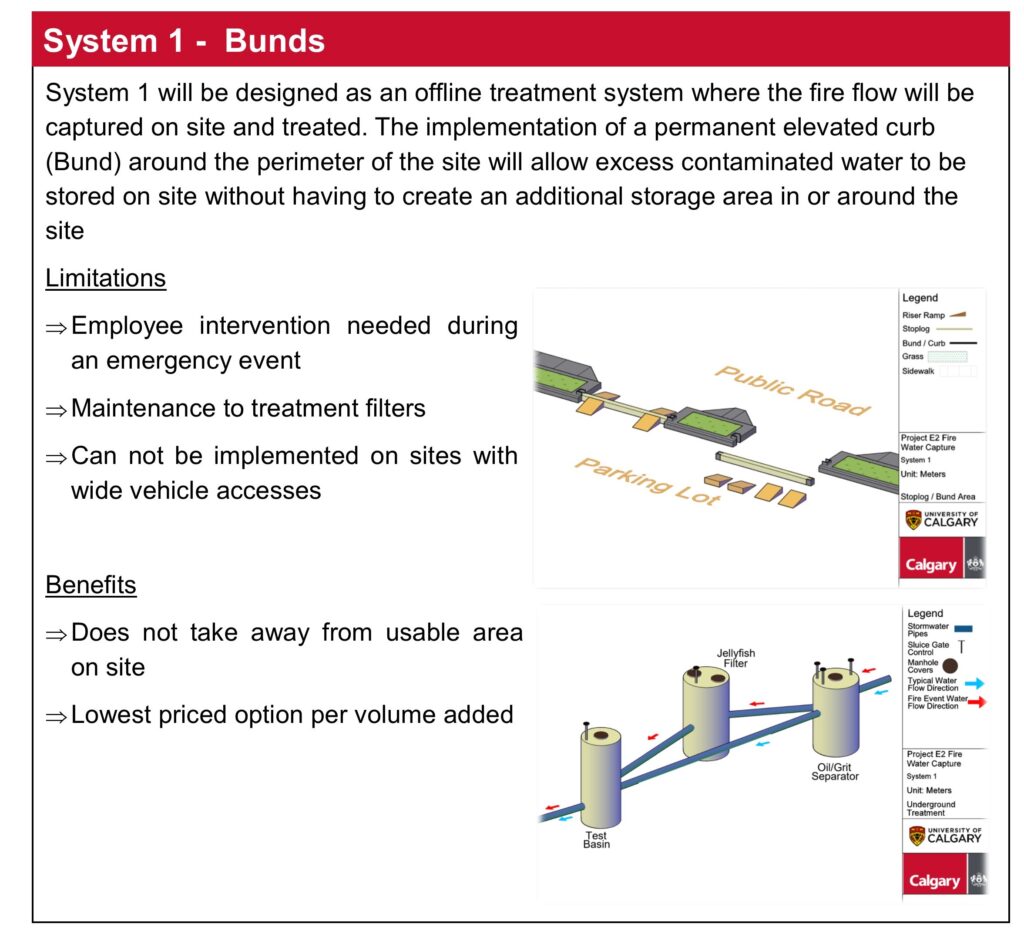

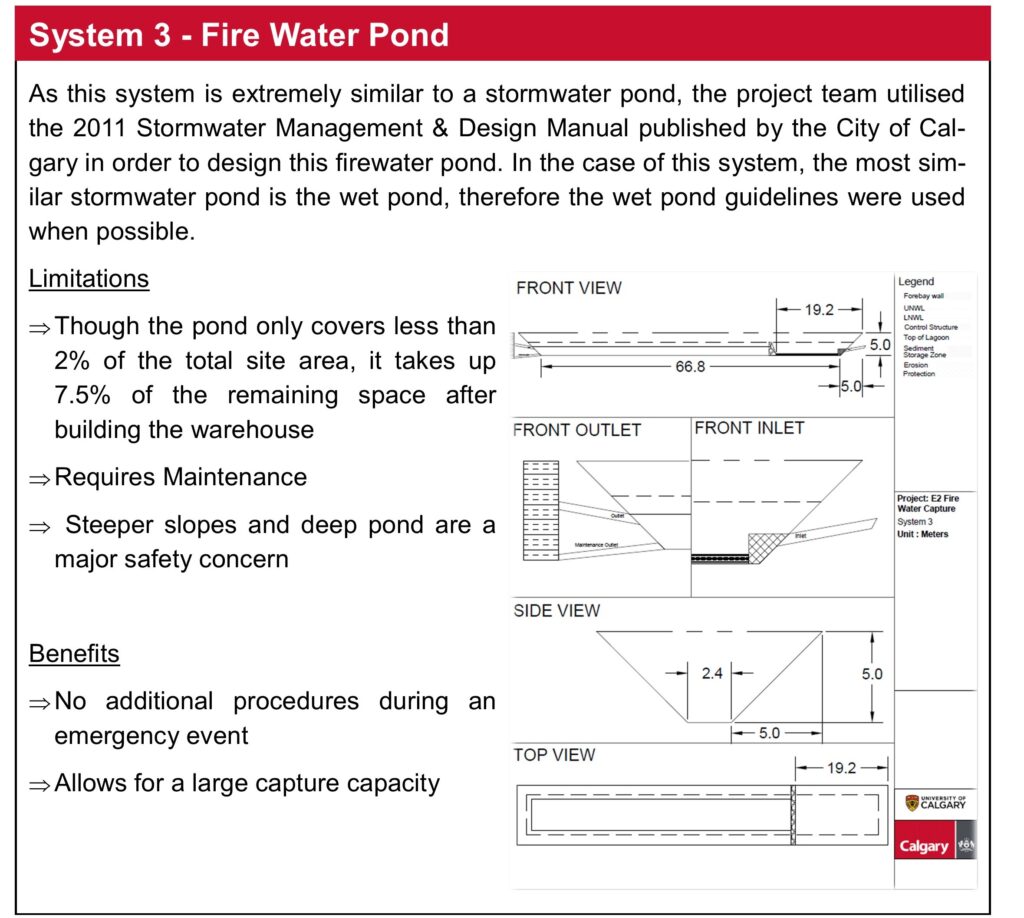
Cost Comparison
Unit Cost compares the cost per cubic meter of volume added to the system, where as capital cost is the initial investment needed to build the storm and fire flow capture system.
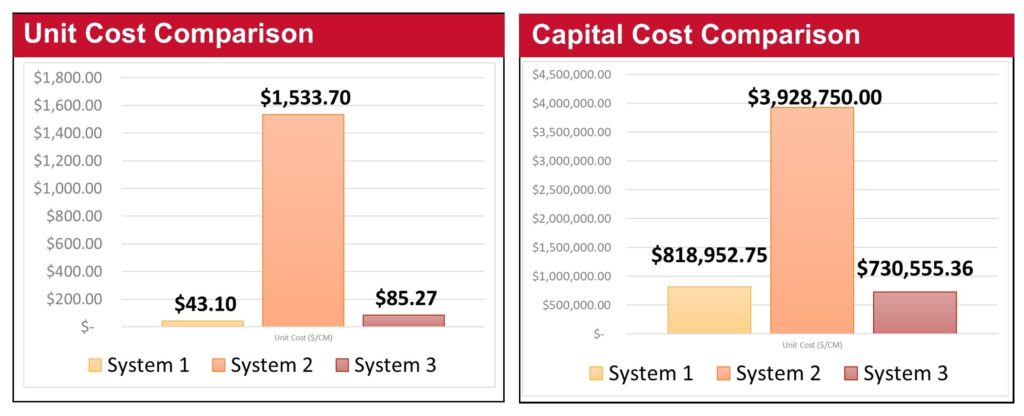
Cost Benefit Analysis
To determine the best system for the theoretical site a weighted table was used. The criteria was defined as follows:
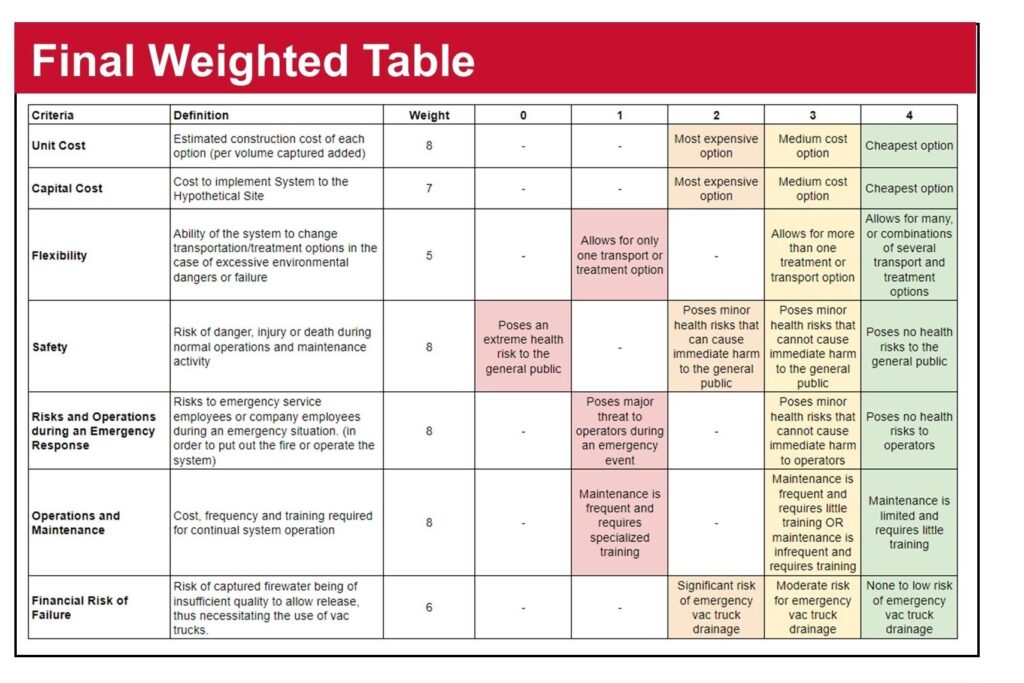
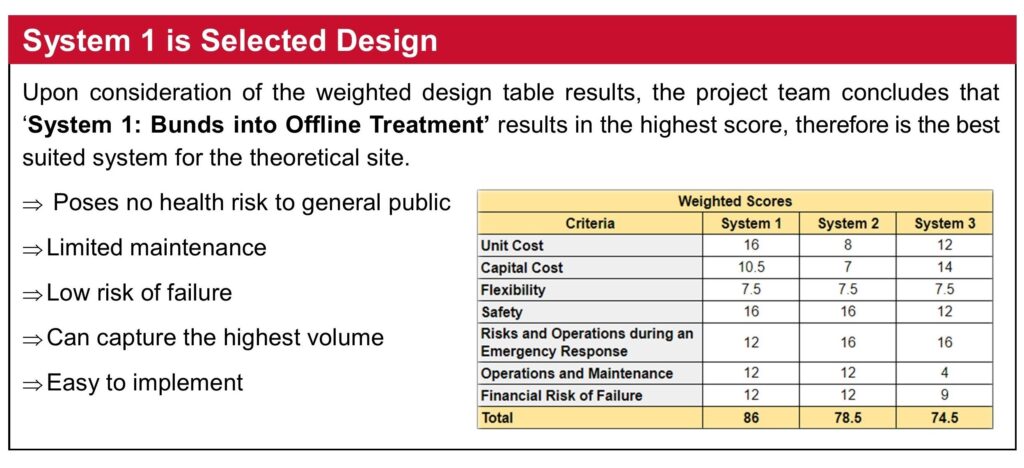
Do to the limitations of the website, please see the full resolution poster here:
Meet our team members


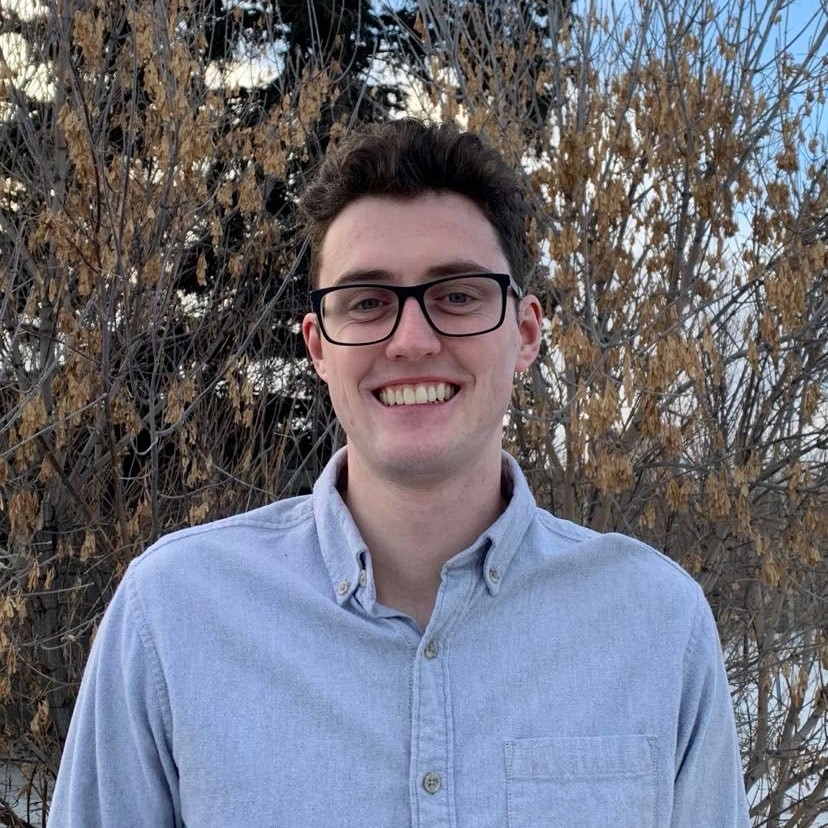



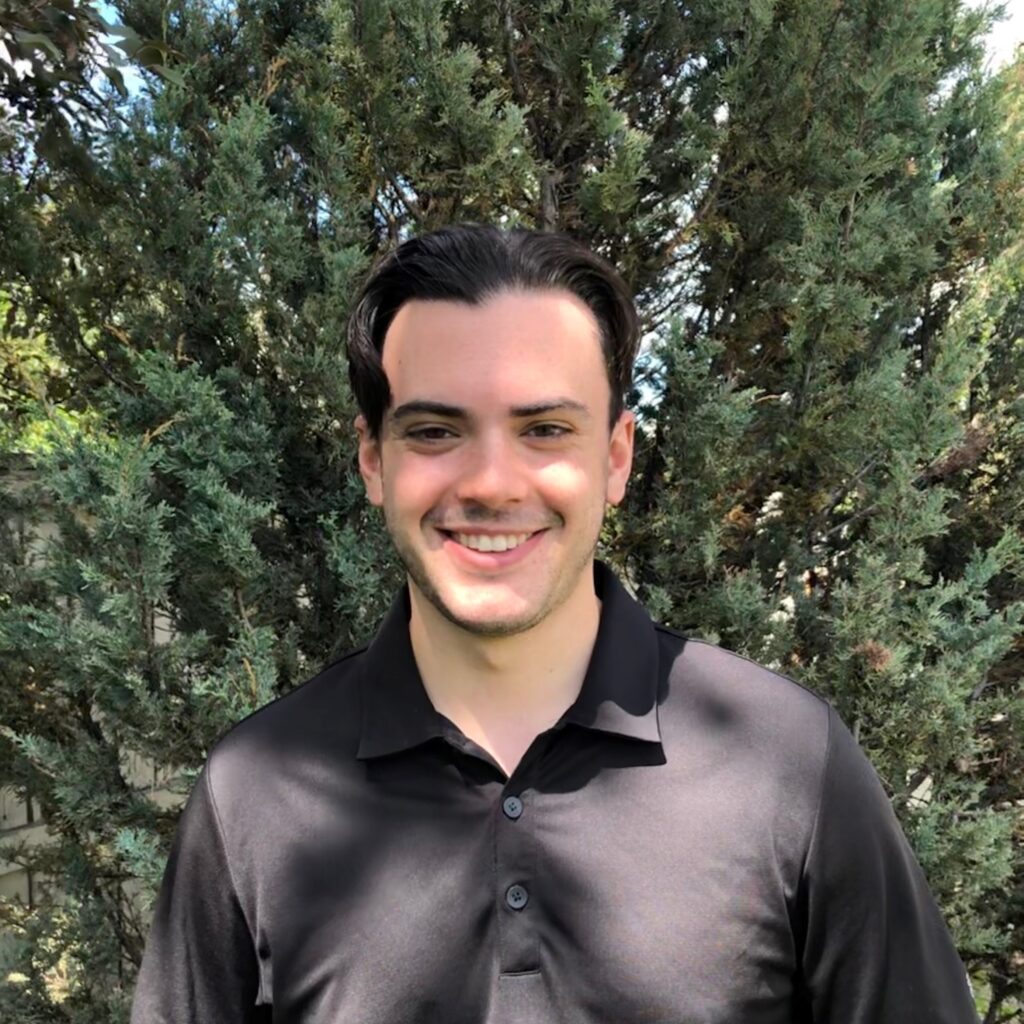

About Our Design
This section outlines details of the chosen design/system identified by this project.
HOW OUR DESIGN ADDRESSES PRACTICAL ISSUES
Storm water management is a concept as old as cities themselves. As our urban landscape becomes more and more developed, the resultant growing proportion of impervious land necessitates a fundamental need to control where water flows after storms and other weather events. The most common practice here in the City of Calgary is to divert storm water both overland and underground through storm sewers, where water ultimately meets its fate as it is discharged into the Bow River. However, what happens if the storm water is contaminated with debris or chemicals from firefighting practices at industrial sites? Should it simply be sent into our existing sewers and discharged into the Bow River?
This is the big issue that our team is focusing on. Currently, there are no existing City design criteria specific to the collection and treatment of fire flows – the potentially huge volumes of contaminated “runoff” resulting from fire fighting activities on industrial or commercial sites. This water can – and often does – contain firefighting chemicals and chemical runoff from the site itself, not to mention debris washed away with the copious amounts of water used in such a firefighting response.
Our team has developed three different concept designs to capture and treat this firewater runoff before it drains into the Bow River. It is our goal to provide these concepts as guidance for future City rules and regulations, which can be integrated into new site developments as part of their Development Site Service Plans.
WHAT MAKES OUR DESIGN INNOVATIVE
Currently during an emergency event, the existing infrastructure is not designed to contain large volumes of water and to prevent spillage of uncontrolled water into city infrastructure. With this Capstone, three conceptual designs were developed to manage and treat the fire flow on site to effectively mitigate environmental impacts and avoid overburdening existing public infrastructure. Rather than letting the fire flow move in an uncontrolled manner, these designs will capture and contain the fire flow instantaneously as the fire event is ongoing. Additionally, it will then divert the captured fire flow to either partially or fully treat the contaminated water; thus, providing additional protection to the City of Calgary’s stormwater infrastructure and preventing environmental impacts.
WHAT MAKES OUR DESIGN SOLUTION EFFECTIVE
All three of our conceptual designs are effective as they all are able to effectively remove contaminants from the fire flow to some degree. It is important to note that each fire event is individual and the exact value of contaminant removal is dependent on the type of chemicals unique to each fire event. However, as the City’s existing methods are minimal, implementing any of the three conceptual designs would be a large improvement to a site without a fire flow system. Therefore our designs are very effective if implemented as any of the three systems are able to effectively capture, transport and treat firewater before releasing them back into the Bow or Elbow rivers.
HOW WE VALIDATED OUR DESIGN SOLUTION
As our Capstone project is primarily research based and the goal was to focus on 3 conceptual designs that may be implemented in new development areas around the City of Calgary. The validation used for these designs was researching specifications for both the capture, transport and treatment options and vetting them against typical chemicals you would find during a fire event. In addition to research and specifications, conversations with the Calgary Fire Department and Water quality Specialists were utilized for validation. However as all three design systems are conceptual, we were not able to physically test and validate the designs to see how they would hold up in the true fire event.
FEASIBILITY OF OUR DESIGN SOLUTION
Each of our three conceptual designs have varying degrees of feasibility. Our analysis was carried out on a given hypothetical site so that comparisons could be made between each design. It was found that the installation of each option on our hypothetical site would be similarly feasible. One important criteria that separates the designs is their incremental increase to current practices. From this perspective, bunds are the most feasible option because it effectively builds on what will already be on the site, and thus requires the smallest change to current practices to implement. This comes with a small cost relative to the other options. This may not always be the case as sites in the real world will differ from our hypothetical site. Each design has its strengths and weaknesses so it is likely that in practice, one of the three will be relatively feasible for a given real world site. For example, the pond option may not be feasible on a small site but the bunds or permanent tanks could likely be implemented, with the bunds being substantially less expensive. Even though it is clearly easier to forgo fire flow capture and treatment systems, the benefits of having a system in place in case of an emergency far outweighs the cons.
Partners and mentors
We want to thank the many people who helped us with this project. Our academic advisor Dr. Jennifer He and our industry advisors Bert van Duin and Martin Pritchard of the City of Calgary.
References
- All images and figures used were created by the project team
